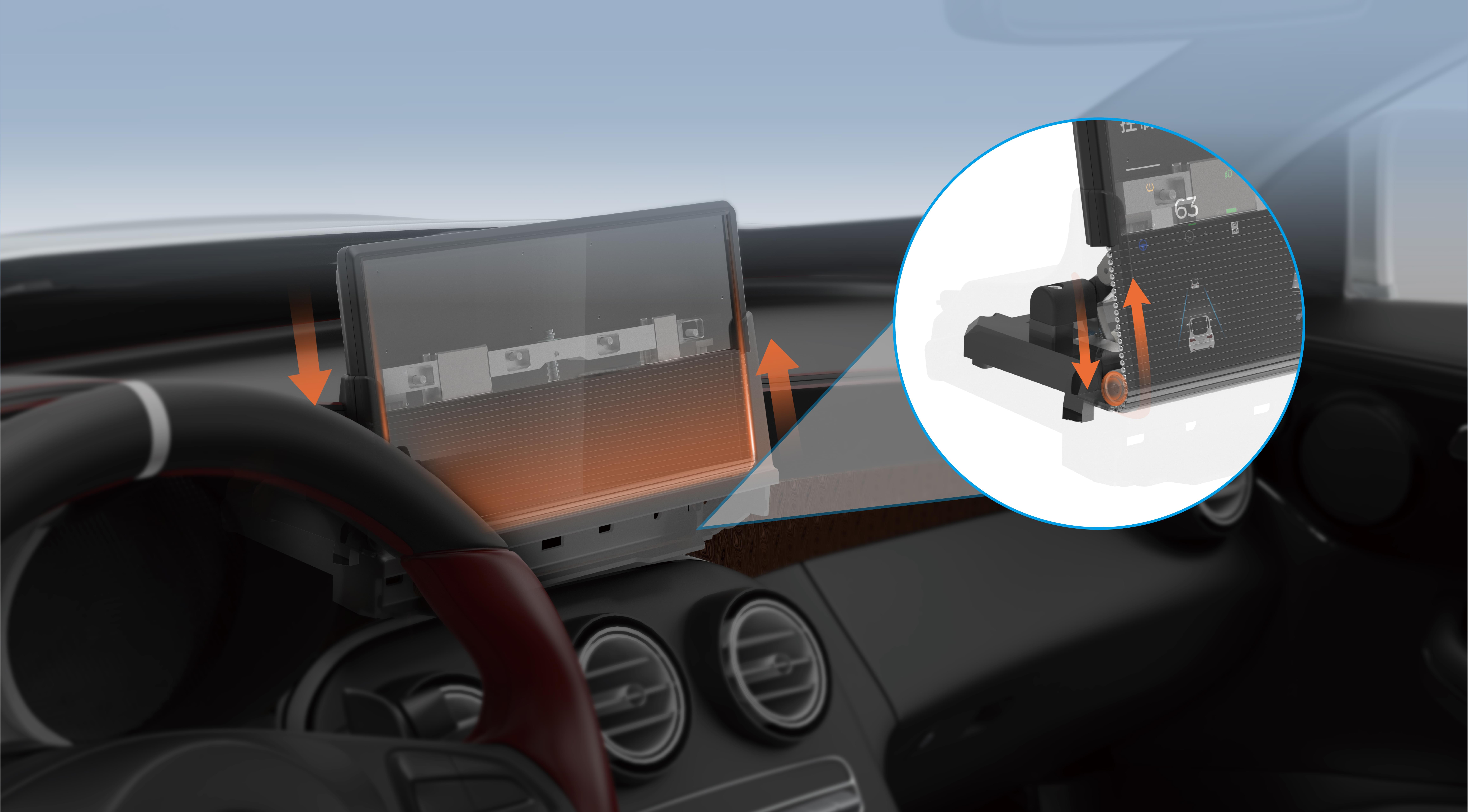Unlocking the Power of Servo Motors with Arduino
Imagine bringing your DIY robotic arm or automated project to life with just a few simple components. At the heart of many robotics and automation projects lies the servo motor—an essential device known for its precision and reliability. paired with an Arduino, a versatile microcontroller, these tiny yet powerful motors can perform complex movements, making your projects not just feasible but also impressively functional.

What is a Servo Motor? A servo motor is a rotary actuator that allows precise control of angular position. Unlike regular DC motors that spin freely, servos are equipped with position feedback systems, enabling commands to directly specify the motor's angle. This makes them perfect for applications requiring accuracy, like camera gimbals, robotic arms, or even animatronic creatures.
Why Use Arduino? Arduino is an open-source platform celebrated for its simplicity and powerful capabilities. Its ease of programming, vast community support, and input-output versatility make it a preferred choice for hobbyists, students, and professionals wanting to experiment with automation, robotics, or sensor integrations.
Getting Started: Before diving into code, it's important to understand the key components involved:
Servo Motor: Choose a standard hobby servo for most DIY projects. They typically operate on 4.8V to 6V and have a control signal range of 0-180 degrees.
Arduino Board: An Arduino Uno is a common starting point, but any compatible board like Nano or Mega works.
Power Supply: Servo motors can draw substantial current, especially under load. A dedicated power source for the servo, separate from the Arduino's 5V regulator, prevents voltage drops and resets.
Connecting Cables: Jumper wires for connection, and optionally, a breadboard for prototyping.
Connecting Your Servo to Arduino
The physical connection is straightforward:
Signal Pin: Connect the servo's control wire (usually white or orange) to a PWM-capable digital pin on Arduino, such as pin 9.
Power & GND: Connect the servo's power (red) to a 5V source, ideally external, and the ground (black or brown) to both the external power supply and Arduino ground.
Note: If powering the servo directly from the Arduino, verify that it doesn’t draw more current than the board can supply, which can cause resets or damage. Using an external power source with common ground is recommended.
Programming the Servo
Controlling a servo involves sending specific pulse signals which correspond to position commands. Arduino simplifies this process with the Servo library, making it very accessible.
Here's a basic example:
#include Servo myServo; void setup() { myServo.attach(9); // Assigns pin 9 to control the servo } void loop() { myServo.write(0); // Rotate to 0 degrees delay(1000); myServo.write(90); // Rotate to 90 degrees delay(1000); myServo.write(180); // Rotate to 180 degrees delay(1000); }
This code cyclically moves the servo between 0°, 90°, and 180°, demonstrating simple control.
Fine-Tuning Accuracy and Speed
While basic movements are simple, real-world applications often require smooth and precise control. For this, you can:
Use small incremental steps with delays to achieve smooth motion. Adjust the delay time to control movement speed. Experiment with writeMicroseconds() for more granular control, where the pulse length typically ranges from 1000 to 2000 microseconds.
For example:
for (int pos = 0; pos <= 180; pos++) { myServo.writeMicroseconds(1000 + (pos * 5.55)); // Map position to microseconds delay(15); // Slow movement }
Practical Tips:
Always check servo specifications to avoid sending signals beyond its limits. Use a dedicated external power source if your project involves multiple servos. Incorporate limit switches or sensors for automated feedback.
Expanding Functionality
Once you’ve mastered basic control, consider adding features:
Feedback Systems: Use potentiometers or encoders for closed-loop control. Sensors: Incorporate distance sensors to allow the servo to interact dynamically with its environment. Wireless Control: Employ Bluetooth or Wi-Fi modules for remote operation.
Stay tuned for Part 2, where we'll delve into more advanced topics such as controlling multiple servos, integrating sensors, and building real-world projects that showcase the full potential of Arduino-controlled servo motors.
Established in 2005, Kpower has been dedicated to a professional compact motion unit manufacturer, headquartered in Dongguan, Guangdong Province, China.




































